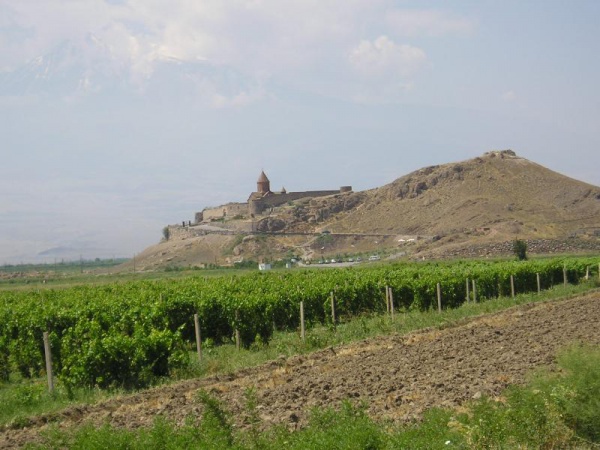Facts About Armenian wine
Armenian wine boasts a rich history that dates back to ancient times. Remarkably, the oldest known winery, dating back to 6100 BC, was discovered in Armenia's Areni region, establishing Armenia as one of the world's oldest wine-producing areas. The tradition of winemaking has been meticulously preserved through the centuries, with evidence of production as far back as 401–400 BC.
The Soviet era saw a significant boost in Armenian wine production, leading to a notable increase in the output of wine, brandy, and sparkling wine. Today, numerous wineries and vineyards are spread across Armenia's provinces, each offering a variety of wines, brandies, and other alcoholic beverages.
Some of the prominent wineries in Armenia include Voskevaz Winery, ArmAs Winery, Armenia Wine Winery, and Van Ardi Winery. Regions such as Aragatsotn, Ararat, Armavir, Gegharkunik, Kotayk, Shirak, Syunik, Tavush, and Vayots Dzor are particularly renowned for their wine production.
A unique aspect of Armenian winemaking is the use of traditional Armenian oak barrels known as "karases" which impart distinctive flavors to the wines. The fertile valleys of the South Caucasus, where Armenia is situated, are believed to be the birthplace of the world's first cultivated grapevines and Neolithic wine production.
The Armenian wine industry is currently thriving and gaining a foothold in the global market. Armenian wines are becoming increasingly popular internationally, with exports reaching various countries. The country's rich winemaking heritage and unique grape varieties contribute to the distinct flavors and qualities of Armenian wines.
In recent years, there has been a resurgence in Armenia's wine industry, with new wineries and distilleries emerging and showcasing a diverse range of wines and spirits. Events like the Armenian Wine Festival and ongoing archaeological discoveries further highlight Armenia's deep-rooted connection to winemaking, solidifying its status as a significant player in the world of wine.

 Turkey
Turkey